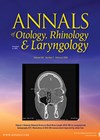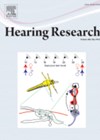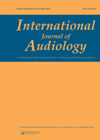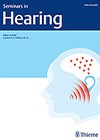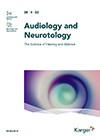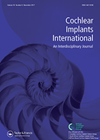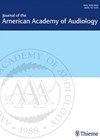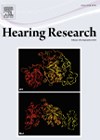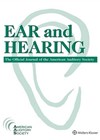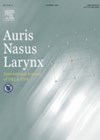
Journal Reviews
Auricular acupuncture for tinnitus
Acupuncture has long been suggested as a complementary option for tinnitus, but its effectiveness remains uncertain. This systematic review analysed 57 studies published between 1975 and 2023, drawn from an initial 167 identified. The studies were highly variable, ranging from...
Spirituality and tinnitus – blocking out the haters!
The brain is fantastic at blocking out unwanted noise. Place a microphone on your temporal bone and you’ll realise you are subject to a relentless bombardment of sound you’ll never consciously hear: the clicking of your temporomandibular joint, the pulsating...
Not to be mis-underestimated
It is a very rare occurrence to find a paper looking at NF2 and the auditory system. There seems to only be a couple on NF2 prevalence in the population, so this is unsurprising. As far as I can recall...
Help seeking for tinnitus – experiences of the diagnostic and treatment process
Population-based and self-selecting adult participants of this Australian cohort study (n=281) completed survey questions exploring varied outcome measures related to tinnitus. Primary outcomes assessed communication of initial tinnitus diagnoses and subsequent treatment offering, with participants rating their satisfaction at the...
Are we now safe at work?
Fifty years is a long time, yet the years pass in a blink of an eye. Where are we in comparison to where we were then, in terms of the occupational protection from noise exposure and ototoxicity, other than being...
All present and correct
You have ear protection, but are you using it properly? What are the risks over time? The design of standard earplugs has changed a lot in a decade. Earplug attenuation did reduce over time but still remained safe, however the...
Vascular disease and sudden sensorineural hearing loss
Oussoren et al performed a systematic review and meta-analyses of current literature on the above topic: specifically, cardiovascular risk factors for developing idiopathic sudden sensorineural hearing loss (iSSNHL), the presence of white matter hyperintensities in patients with iSSNHL and the...
The decision-making process by parents of children with residual hearing who receive cochlear implants
It can be a difficult decision for parents whose children have residual hearing whether or not to undergo cochlear implantation. Their children may seem to be hearing with their hearing aids, and even in some cases can hear without aids....
Ego-resiliency and tinnitus
Adults with tinnitus are 2.5 more likely to suffer with depression and anxiety. Ego-resiliency is the ability of a person to adapt to change and cope in difficult situations. This study aimed to determine whether ego-resiliency is related to perceived...
What is in the Fountain of Youth?
Does the auditory system have to age? Can we become more like turtles or jellyfish and keep our internals running without degradation? This essay considers the theoretical underpinnings of biological processes in the cochlear, in particular the role of the...
Does salvage treatment in sudden sensorineural hearing loss work?
Many treatment strategies for sudden sensorineural hearing loss (SSNHL) have been discussed, but the high spontaneous recovery rate (32-65%) of idiopathic SSNHL and differing treatment guidelines make comparing outcomes difficult. Systemic steroids are the most common first-line therapy with significant...
Effects of diet and exercise on tinnitus
Subjective tinnitus is the perception of sound without any external stimulus. There is no consensus on the aetiology of tinnitus. Obesity is one condition that has been associated with subjective tinnitus. The authors conducted a randomised controlled trial to assess...


